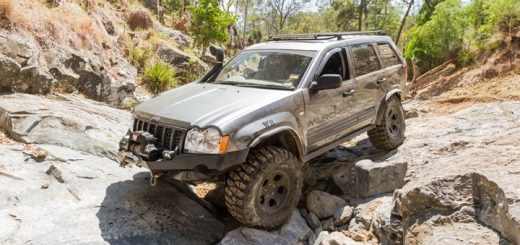A Complete Guide To Clamp Meters
Electrical installations and wires can be found everywhere today with even the tiniest of devices having some sort of wire or set of wires in them that help connect certain parts together. Despite the world going for a wireless future, wires are still needed to make secure and stable connections and are still considered standard. Devices that are also considered standard in the world of test equipment are clamp meters. A clamp meter tester is a device that combines two devices in one package – the functionality and capabilities of a multimeter with that of a current sensor.
A clamp meter is an upgraded version of a multimeter that can do more than just measure current. They can display readings and can be used for both DC and AC amp measurements. Clampmeters do not require physical contact to perform quantity measurements and they can measure down to a lower resolution up to a hundredth of a unit. With its most distinctive feature being the jaw in front, you might be wondering how you would use such a tool. Contrary to what many people think, using clamp meters is relatively straightforward.
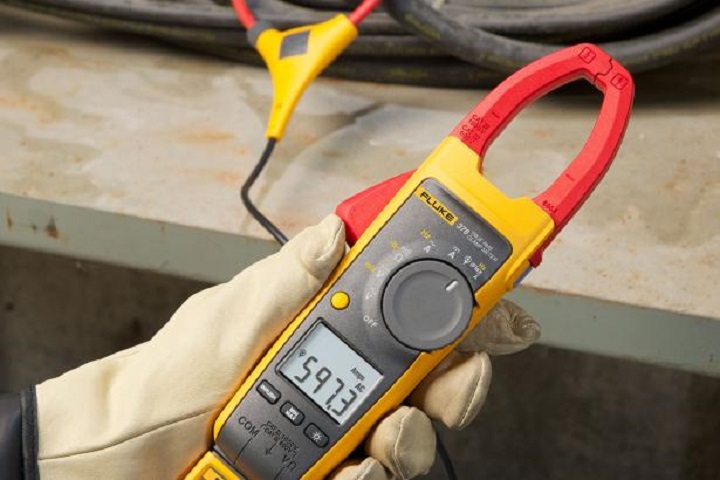
How to Use a Clamp Meter
- In order to use a clamp meter tester, you need to know what it is that you want to measure. Different measurements will require different resolutions, and resolutions differ by device. First, you need to ensure that you have a quality clampmeter that can take measurements at the desired resolutions.
- Once that’s sorted you need to start by taking a reading. To do this, you need to select the current you want to measure with the device. Then, you need to open the jaws of the clamp meter and put them around the wire you want to test. Do not put the jaws on the wire itself. Wait for the device to read the current passing through the wire and you’re done. You open the jaws of the meter by using the lever on the side.
- Before you make a measurement, make sure that you’ve used the rotary selector so that when you perform the measurement you have your clamp meter set to the correct function. You also need to make sure that you’ve set either AC or DC current before using the clamp meter. You will get a haw sign on the display, meaning there is voltage being detected through the clamp. This means that you need to close the jaw around the wire. The wire needs to be in the centre of the jaws or aligned with the markings on the jaws.
- When the measurement is performed, you’ll get the readings on the display. You usually get the option to change the resolution per requirement, but the majority of clamp meters will do this on their own. Make sure to avoid using a clampmeter on a live wire. Properly insulated wires should be the only thing you test with a clamp meter.
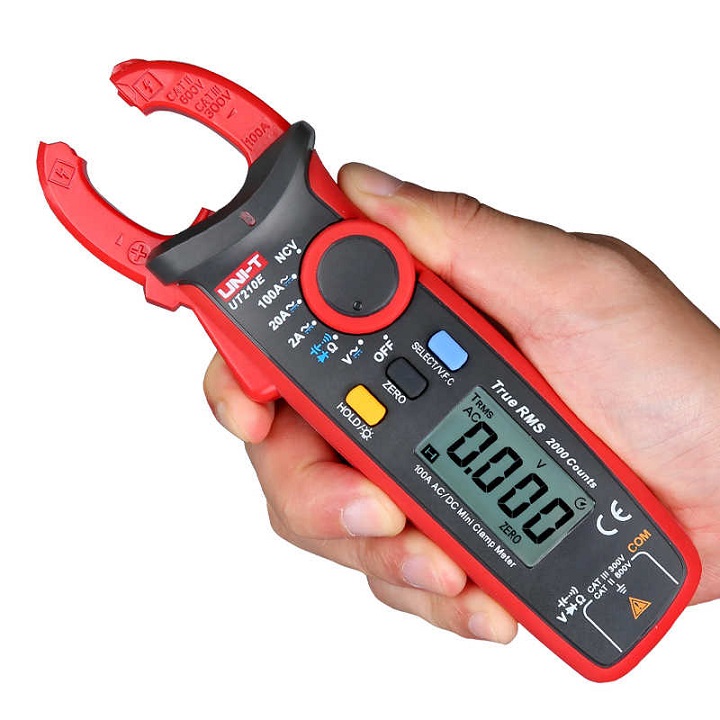
Usage Tips
To make your measurements more accurate, make sure you always keep your fingers behind the device’s tactical barrier. It’s best that you use the “zero” function when measuring DC current to help get rid of the DC offset from the measurement. Never clamp around two conductors (wires) at the same time when measuring current as the passing of the current through both will cancel each other.
If readings seem inaccurate make sure to check what function you have selected before you check anything else. Further, when using the device, make sure you’re always wearing industry-grade safety gloves – the same goes for the rest of your PPE. On the majority of models, you will get a warning when the current you’re measuring is below 0.5A (amps).
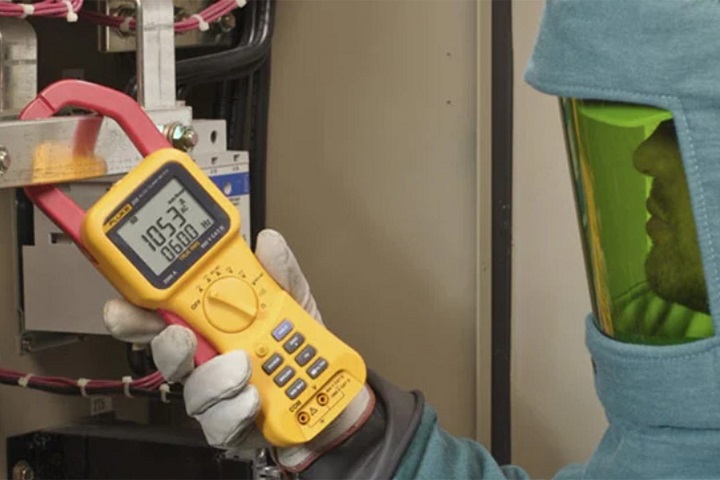
Maintenance Tips
To ensure your clamp meter functions properly and for a long time, you need to take good care of it. The first and simplest thing to do is to store your device properly. By this I mean you should always have it in a clean and dry area. This way there’s no risk of rust as well as dirt and grease. Avoid putting anything on top of the clamp meter as this can make the jaws go out of alignment.
Do not use your device to pry open things and regularly perform troubleshooting on its electro-mechanical systems. Some technicians will use one arm to do measurements while writing down measurements with the other. Don’t do this unless you have years of experience. Make sure to clean the device with a dry, clean, and soft towel to keep dust entering through the small crevices in the device, as that can slowly affect its internal components. Dust is a big proponent here and it will shorten the lifespan of your clamp meter unless you wipe it down after every use.

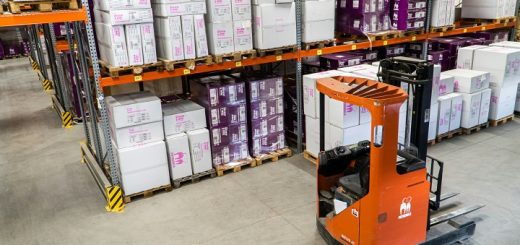

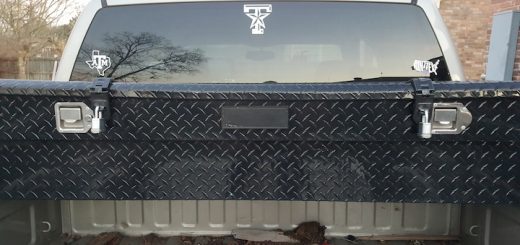


![AFX Sauber F1 C44 Stake No24 Slot Car [22092]](https://www.availableonline.com.au/wp-content/uploads/2025/06/6ccd9e30-c6fa-4910-9081-5fcc3ba80b04__60843-520x245.jpg)

